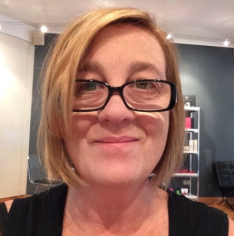Heed the media lessons from the Port Arthur massacre
 In this guest post, Sonya Voumard says when it comes to reporting on the anniversary of tragedies such as the Port Arthur massacre the media needs to move from regurgitating the horrors and focus on grief’s third act: the rebuilding.
In this guest post, Sonya Voumard says when it comes to reporting on the anniversary of tragedies such as the Port Arthur massacre the media needs to move from regurgitating the horrors and focus on grief’s third act: the rebuilding.
April 28, 2016, will mark the 20th anniversary of the Port Arthur massacre in which 35 people were killed and 21 injured by Martin Bryant in what was then the world’s worst civilian massacre. It is a date many will dread.
In Tasmania, today, there are conflicting views about whether or not the anniversary of the massacre should be publicly commemorated at all.
It’s easy to understand why given some of the examples of ethically questionable ‘anniversary’ media coverage we have seen already – the harassment and privacy invasion of Martin Bryant’s sister Lindy; the release of previously unseen footage of Martin Bryant speaking soon after the events in material that should have remained subject to attorney-client privilege.


Cue the conspiracy theorists.
Once upon a time journalists use to believe in freedom of speech…once upon a time.
Remembrance is always difficult be it ANZAC Day or Port Arthur. But we do need to acknowledge those who suffered at the hands of he who shall remain nameless. The whole state suffered (only 500,000 pop) in some way. I have seen it in my own family who live there, especially one who lives 20k from Port Arthur. Healing is still needed for so many people so they can move on, but we can’t ignore the date. It is only the pollies, legislators,regulators and pro gun lobby, who need to see, hear and know the detail of the carnage that day so that stronger gun laws are implemented. We cannot be complacent. The Lindt cafe siege is a tragic reminder of that. The media is important in highlighting this, not going over the carnage.